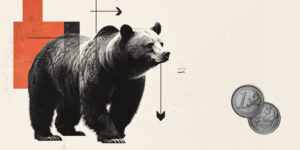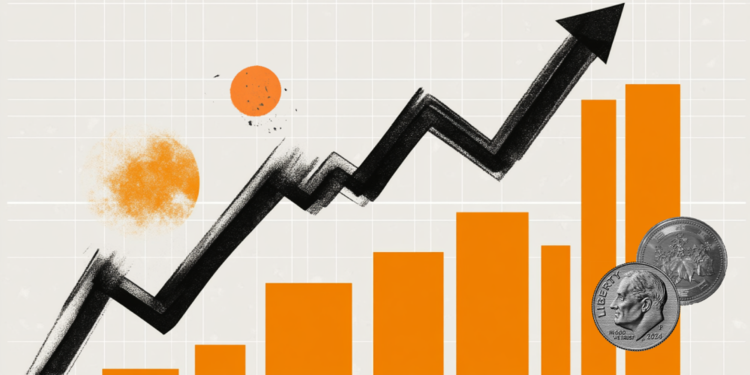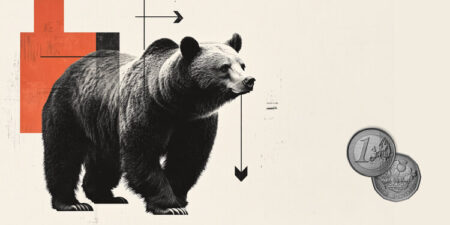- USD/JPY edges higher to near 148.40 as the US Dollar stabilizes after correcting on Wednesday.
- Slowing US labor demand boosts Fed dovish expectations.
- Investors await the US ADP Employment Change and ISM Services PMI data.
The USD/JPY pair moves higher to near 148.40 during the European trading session on Thursday. The pair edges up as the US Dollar gains ground after retracing on Wednesday. During the press time, the US Dollar Index (DXY), which gauges the Greenback’s value against six major currencies, trades broadly stable near 98.20.
The Greenback faced selling pressure on Wednesday after soft United States (US) JOLTS Job Openings data for July prompted Federal Reserve (Fed) dovish bets for the September policy meeting.
The data showed that US employers posted a fresh 7.18 million jobs, lower than expectations of 7.4 million, and the prior reading of 7.36 million.
According to the CME FedWatch tool, the probability for the Fed to cut interest rates in the September policy meeting has increased to 97.6% from 92% seen before the JOLTS Job Openings data release.
Federal Open Market Committee (FOMC) members have already warned of downside labor market risks in the wake of tariffs imposed by US President Donald Trump. On Wednesday, Fed Governor Christopher Waller reiterated the need for interest rate cuts, while warning of slowing labor demand.
In Thursday’s session, investors will focus on the US ADP Employment Change and the ISM Service PMI data for August.
In Japan, investors await the Overall Households Spending data for July, a key indicator that reflects consumer demand, which will be released on Friday. The consumer demand measure is expected to have grown at an annualized pace of 2.3%, faster than the prior release of 1.3%.
Economic Indicator
ADP Employment Change
The ADP Employment Change is a gauge of employment in the private sector released by the largest payroll processor in the US, Automatic Data Processing Inc. It measures the change in the number of people privately employed in the US. Generally speaking, a rise in the indicator has positive implications for consumer spending and is stimulative of economic growth. So a high reading is traditionally seen as bullish for the US Dollar (USD), while a low reading is seen as bearish.
Read more.
Next release:
Thu Sep 04, 2025 12:15
Frequency:
Monthly
Consensus:
65K
Previous:
104K
Source:
ADP Research Institute
Read the full article here















